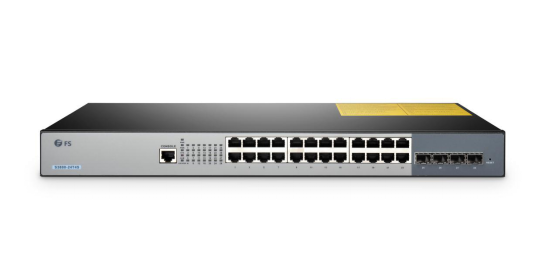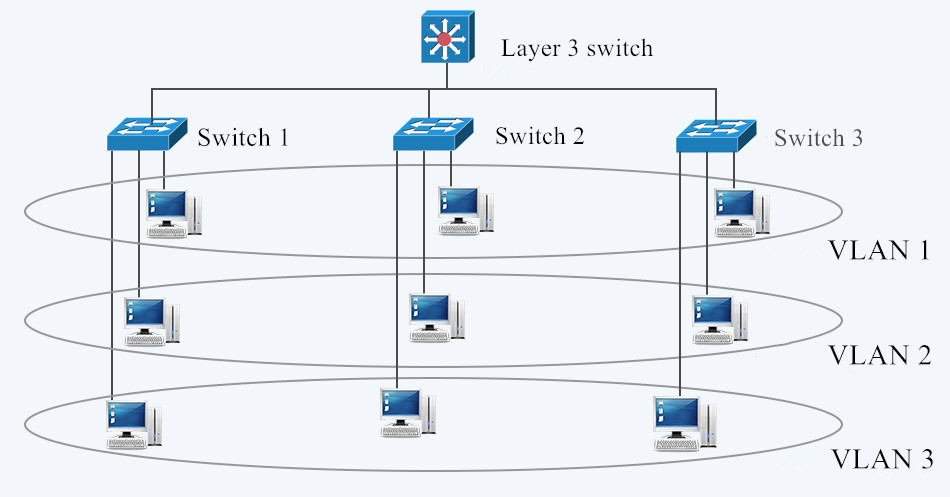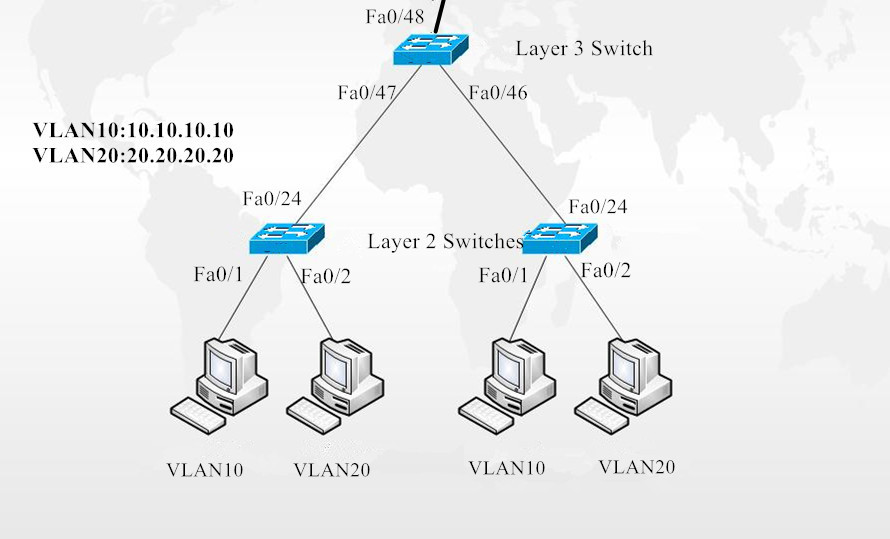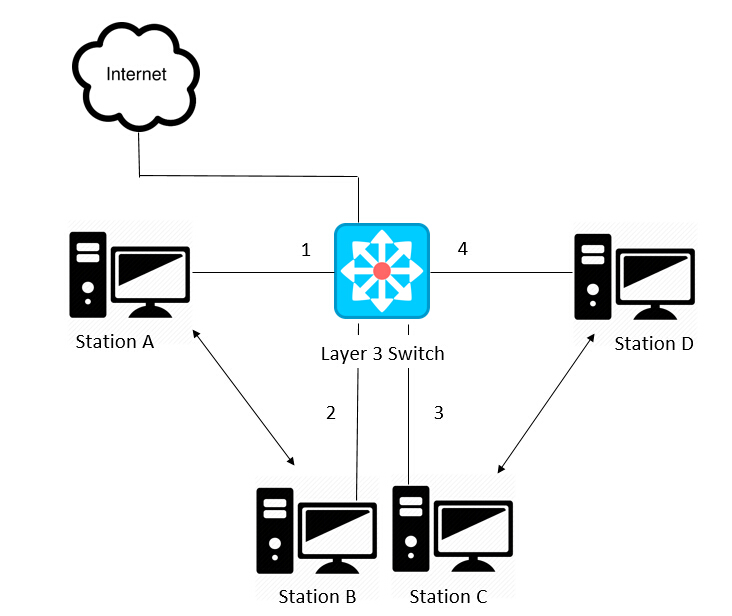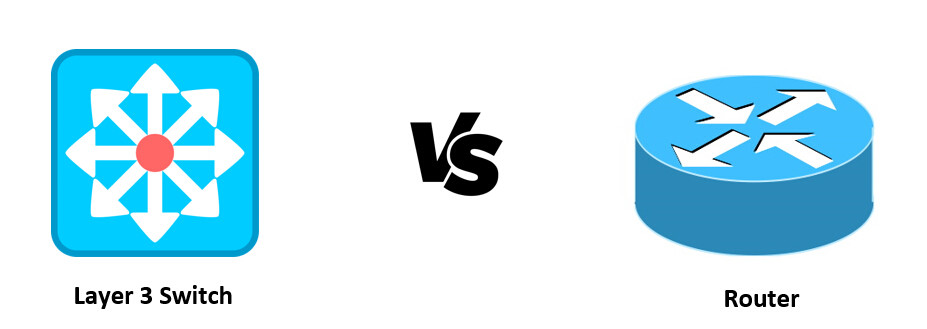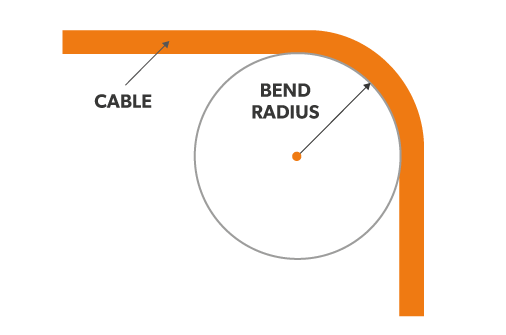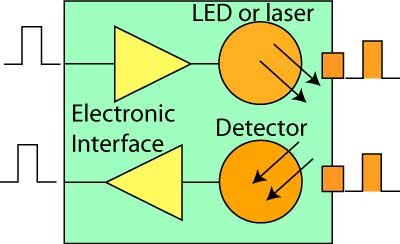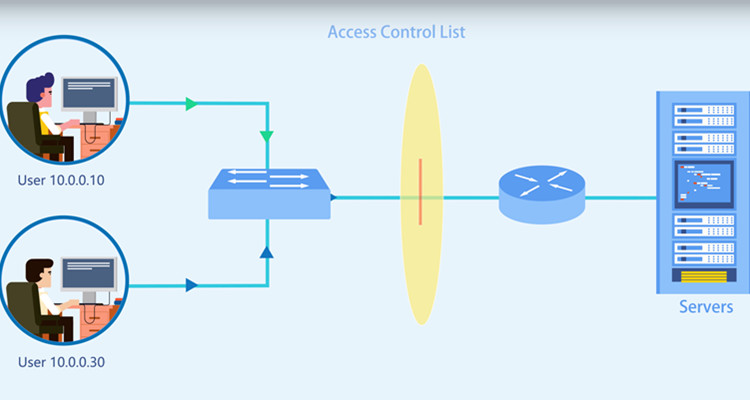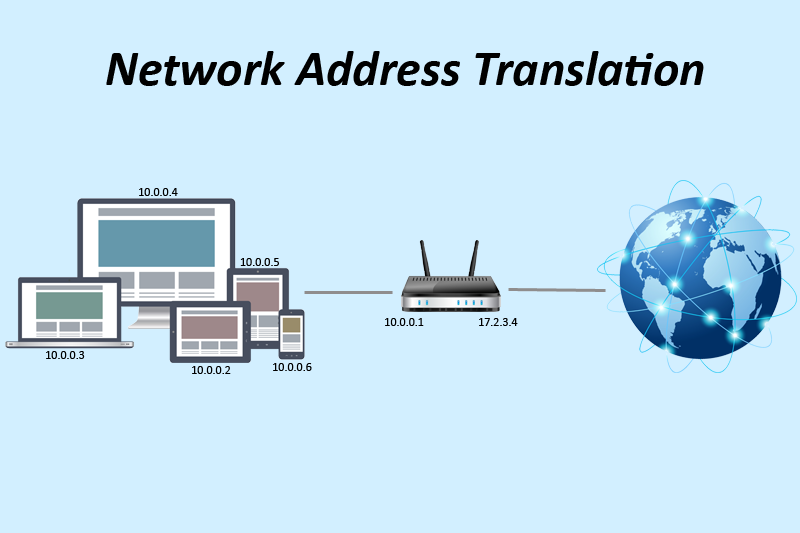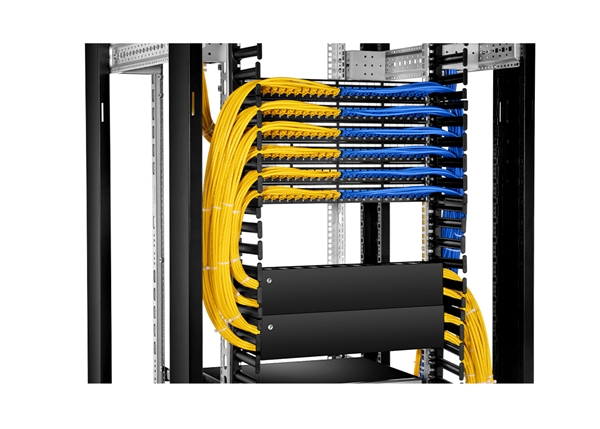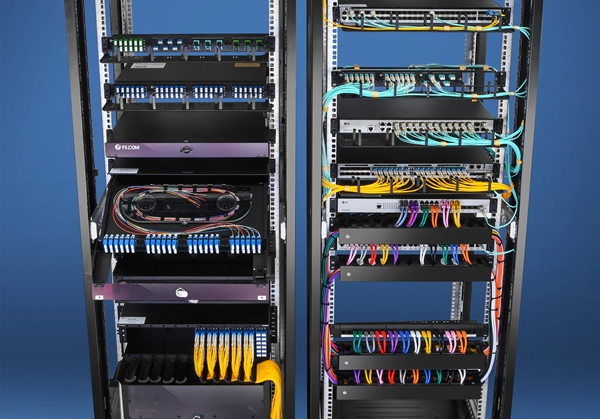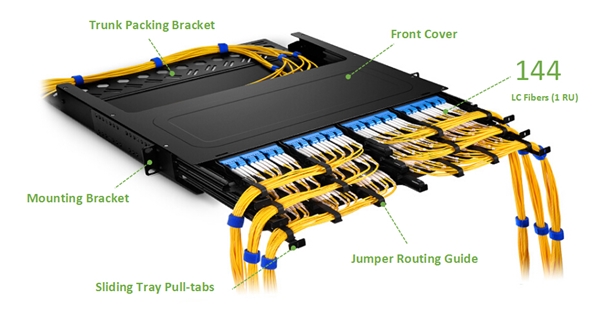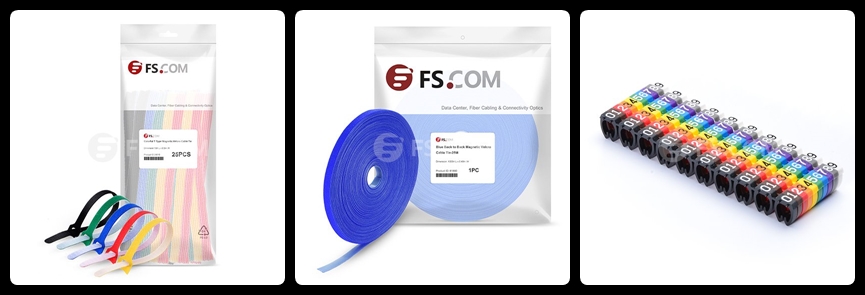The Internet switch, since its birth, has been growing rapidly not only in function but also in performance. Experts have researched and developed generations of Internet switches, while the majority of people may be new to the devices, not taking fully advantage of them. This paper aims to help you get further understanding of Internet switch definition, benefits and working principle.
What Is an Internet Switch?
An Internet switch is another name of network switch. It is a critical component in many business networks, for the fact that they connect various PCs, printers, assess points, phones, lights, servers and other hardware. With an Internet switch, users can send and receive information and approach shared resources in a smooth, highly secure, and transparent manner. It addresses the low speed which was previously the shortcoming of hub, to sustain an efficient and high-speed information exchanging among hosts.
Why Use an Internet Switch?
- Add More Ports to Your Router
In household use, many families view router as a must and Internet switch as an alternative. The fact is that the ports left for use is few when the router is connected and working. Given this, some will turn to an entry-level switch to add more Ethernet ports to the network. This kind of switch is usually the unmanaged switch that has no settings or special features itself. Your router continues to handle your Internet connection, letting your devices talk to one another and restricting what certain devices can do through parental controls or other settings—the switch is effectively invisible.
- Add Ethernet All over Your House
Though the Wi-Fi is prevalent and convenient, you still need wired Ethernet if you want to play online games, stream 4K video or transfer large files over your network frequently. That can be guaranteed by a gigabit Ethernet switch to give you high speed and smooth network accessing.
- Use Wires to Improve Wi-Fi
It is known to all that Wi-Fi can be freely accessed by anyone who has the password. However, as the users increase, the network may lag and be congested. Here you can install an Internet switch to improve your Wi-Fi performance by reducing the number of devices competing for wireless bandwidth. Faster switches like 10gbe switch, 40gbe switch and 100gbe switch will be recommended here.
How Does an Internet Switch Work?
As the name suggests, an Internet switch is a device to switch information in the local area network. But how? It is the intriguing part of the Internet switch. Well, a network switch determines where to send each incoming message by looking at the physical device address (also known as the Media Access Control address or MAC address). Inside the switch there is a table that match each MAC address to the port from which the MAC address has been received. If a frame is to be forwarded to a MAC address that is unknown to the switch infrastructure, it is flooded to all ports in the switching domain. Broadcast and multicast frames are also flooded. Otherwise, it goes to the specific port.
Conclusion
Having read this article, you are expected to have a generally understanding of the Internet switch. Internet switch steps into people’s life, bringing great benefits and convenience. Undoubtedly, it is a breakthrough in network technology. If you determines to get it, give full play to its role to better serve you applications.
Related article: Core Switch Vs Distribution Switch Vs Access Switch

